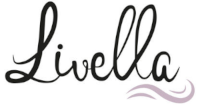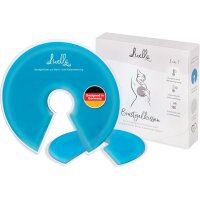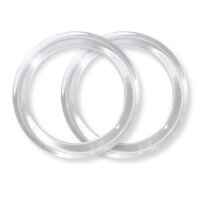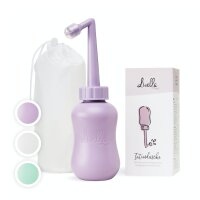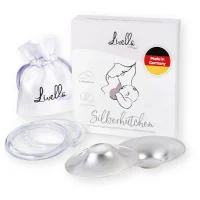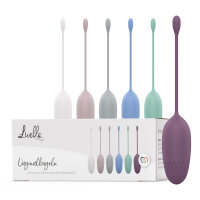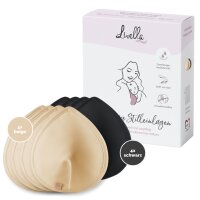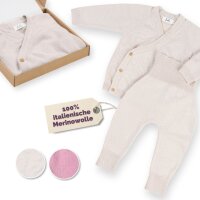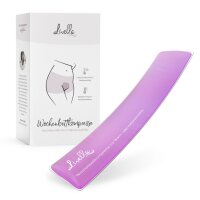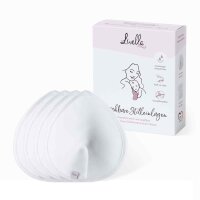Many expectant mothers who are considering having a planned caesarean or who are simply thinking about possible birth scenarios during their pregnancy are concerned with one question in particular: Is breastfeeding harder after a C-section?
The truth is that breastfeeding after a caesarean is often more difficult and challenging compared to breastfeeding after a normal delivery. The stress and exhaustion following the operation usually lead to mother and baby needing additional support to successfully establish breastfeeding.
If you consider having a caesarean, you will probably have a whole list of questions about breastfeeding after a C-section, such as: Does milk come in later after a C-section? Do C-sections affect milk supply? What issues should I prepare for when breastfeeding after a caesarean? And what are the best breastfeeding positions after a C-section?
Read on as we answer all your questions and give you some helpful tips on how to get breastfeeding off to a good start despite a difficult birth experience.
Table of contents
When does milk come in after a C-section?
Possible issues when breastfeeding after a C-section
When and how to start breastfeeding after a C-section?
How to increase breast milk after a C-section??
Which breastfeeding positions after a C-section?
When does milk come in after a C-section?
One of the problems many mothers face when breastfeeding after a C-section is that the onset of lactation is delayed. Usually, the real milk comes in somewhere between two and five days after birth. Due to increased stress levels, this process might be a bit slower after a caesarean birth. On average, the start of the normal milk production happens around 72 hours after birth for mothers with a C-section.
The reasons why your milk may come in a little later after a caesarean include:
- Use of anaesthetics during surgery,
- Delayed release of oxytocin and other hormones needed for breastfeeding,
- Temporary separation of mother and baby, and
- Exhaustion due to a long and difficult birth.
Good to know: Even if it takes longer for your milk to come in, there’s usually no need to supplement with formula. The colostrum is very nutrient-rich, which is why even small quantities are enough to cover your baby’s nutritional needs.

Possible issues when breastfeeding after a C-section
Can you breastfeed after having a C-section? The answer to this question should be a clear ‘yes’. Breastfeeding after a caesarean is not impossible. However, there are some potential issues you should prepare for when breastfeeding after a C-section.
They include:
- State of unconsciousness after receiving a general anaesthetic which makes breastfeeding impossible in the first couple of hours
- Reduced mobility and limited choice of breastfeeding positions after the C-section due to the fresh scar
- Pain following the surgery which can adversely affect milk flow and often leads to impatience and restlessness
- Temporary malfunction of the let-down reflex which can lead to other breastfeeding problems, such as sore nipples which then need to be treated with silver nursing cups
- Baby’s sleepiness and inability to locate the breast and feed independently due to the difficult birth and the impact of the anaesthetic
When and how to start breastfeeding after a C-section?
When the first breastfeeding after the C-section takes place highly depends on your and your baby’s state of health. It’s not uncommon for caesarean babies to be too weak to follow their natural breastfeeding instincts right after birth. And of course, you might be quite groggy after the operation, too.
Nevertheless, the general recommendation is to start breastfeeding after a C-section as early as possible. The sooner you and your baby share skin-to-skin contact, the better the chances of getting breastfeeding established successfully. Close physical contact between you and your baby promotes bonding and gets your milk production going.
That’s why more and more maternity hospitals are changing their policies on breastfeeding and start placing newborns on their mother’s chest immediately after birth—if both mother and child are well enough, that is. Even if you’re not able to breastfeed your baby on your own right from the start, you’ll probably succeed with a little help from your partner or a midwife who can hold your little one in place while he or she feeds.
How to increase breast milk after a C-section?
Delayed milk production and low milk supply are two common struggles mothers face after a C-section. Here are a few helpful tips to increase your milk supply after the surgery:
- Start breastfeeding early: The earlier you can start breastfeeding, the better the chances for success. Attaching your baby will provide the necessary stimulation to signalise your body that it should start making milk.
- Drink breastfeeding tea: Breastfeeding teas contain different herbs that are said to have a milk-forming effect. Drinking a few cups of lactation tea each day can therefore help boost your milk supply.
- Allow plenty of skin-to-skin contact: Skin-to-skin contact is vital both for activating your baby’s natural breastfeeding reflexes and for triggering the release of oxytocin and prolactin in your body, which are the two hormones that regulate milk production.
- Hand express colostrum before and after birth: In case of a planned caesarean, you can express some of your colostrum before going into surgery. This not only ensures that your newborn gets the rich milk immediately after birth (even if the start of breastfeeding is delayed), but it also signals your body that it’s time to start producing more milk. If your baby is too weak to feed naturally at first, regular hand expressing helps get your milk production established.
- Get plenty of rest and relax: Exhaustion and stress can adversely affect milk supply and let-down. That’s why it’s important to get as much rest as possible and be relaxed about everything that’s going to happen in order to successfully establish breastfeeding after a C-section.
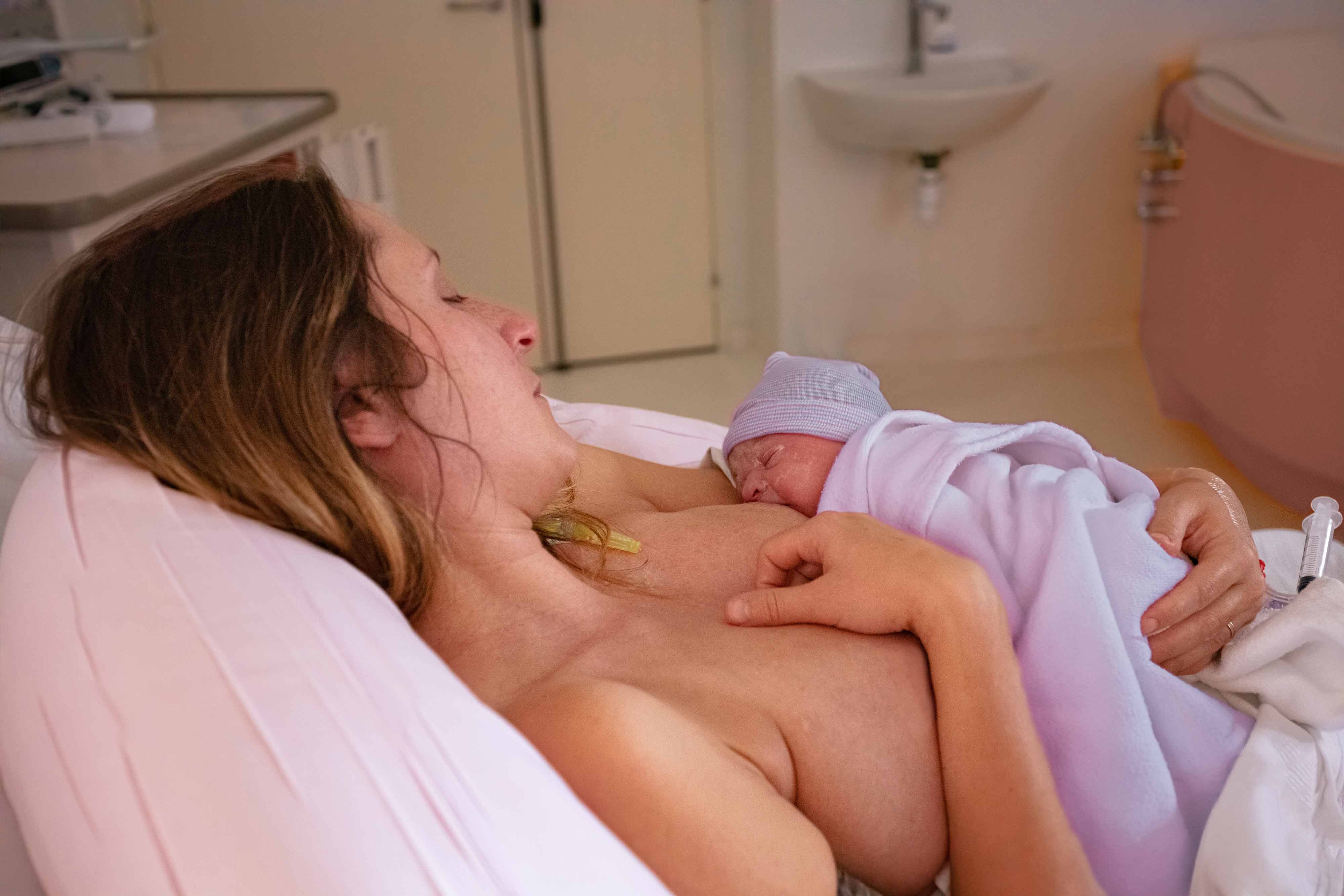
Which breastfeeding positions after a C-section?
The idea of having their baby lie on the fresh scar and possibly kick it is enough to make many pregnant women shiver uncomfortably. Finding a good position that works well for your baby and protects the sore areas of your abdomen isn’t an easy task. So, what are the best breastfeeding positions after a C-section?
Football hold
One of the breastfeeding positions that work well after a caesarean is the football hold (also known as underarm or rugby hold). To do this position, you place your baby on a nursing pillow so that he or she is lying next to you, feet pointing backwards towards the backrest of your chair. Then you put your arm over your baby to support his or her back while turning your upper body slightly to allow him or her to reach your nipple.
Side-lying position
Lying down on one side allows you to keep your baby completely away from your caesarean scar while feeding, which is why this is one of the most popular breastfeeding positions after a C-section. Your baby lies next to you, his head level with your bare breast so that he or she can latch on easily. To stop your baby from falling backwards while feeding, you can support the back with your arm, a pillow, or a rolled-up towel.
Laid-back nursing
It might sound weird at first that laid-back nursing should actually be a suitable breastfeeding position after a C-section. After all, this position is usually recommended because it allows babies to follow their natural breastfeeding instincts by crawling up the mother’s upper body in order to find the best position for latching.
However, it’s possible to modify the positioning of your baby to avoid any contact with the fresh caesarean scar. Instead of placing your baby on your abdomen, he or she is positioned diagonally across your chest or lies next to you supported by a pillow, upper body on top of your breast so that the mouth is level with your nipple.If you struggle to find a comfortable breastfeeding position after your C-section, you should get professional support from a midwife or lactation consultant. They can show you even more positions to try out and can tell you exactly how to position your baby.
Tips for successful breastfeeding after a C-section
You might have come across forum entries from other breastfeeding mothers talking about how the difficulties they encountered after their caesarean have caused them to give up breastfeeding shortly after birth. While breastfeeding after a caesarean might be more difficult than after a vaginal birth, it definitely isn’t impossible.
Here are a few tips that will help you get breastfeeding after a C-section off to a good start:
- Take painkillers if needed: Many mothers are concerned about taking painkillers after a C-section because they’re afraid of the impact the medication might have on their baby. The good news is that there are several painkillers that are compatible with breastfeeding, ibuprofen being one of them. Instead of suffering through the pain and not being able to enjoy the first couple of feeds with your baby, you should get a doctor to prescribe you something for the pain.
- Learn how to express breast milk by hand: Hand expression is a useful skill for breastfeeding mums, regardless of whether they intend to have a caesarean or not. If your baby is too weak to breastfeed after birth, expressing colostrum by hand can help stimulate milk production and ensure that your baby gets the nutrient-rich early milk. In this case, you can feed your newborn small quantities of colostrum with a little spoon.
- Get help with latching: Depending on the circumstances, you may not be fit enough to correctly position your baby at your breast just after birth. Get one of the midwives to help you with latch-on until you’re able to do it yourself.
- Make yourself comfortable: Finding a comfortable position for breastfeeding is always important, but even more so for mums who have had a caesarean. Make sure you are positioned in a way that doesn’t put additional strain on your fresh scar. Even the slightest pain can cause discomfort which, in turn, can cause you to tense up.
- Have your breastfeeding latch checked: A good breastfeeding latch is essential for successful breastfeeding. Not only does it prevent a range of different breastfeeding problems, but it also ensures that the milk flows properly and that your baby gets enough milk while feeding.
Conclusion: Is breastfeeding harder after a C-section?
So, is breastfeeding after a C-section more difficult than after a normal vaginal birth? Yes, it is. For one thing, you might not experience the surge of oxytocin that gets your milk production going after birth and your let-down reflex may not function properly due to the stress and exhaustion caused by the surgery. For another, both you and your baby might be too groggy to start breastfeeding straightaway, which can complicate things even further.
However, all these challenges and hurdles shouldn’t deter you from breastfeeding after a C-section. It’s not impossible to get breastfeeding established after a caesarean birth, it simply requires a little more effort, a good dose of patience, and some support from family, friends, and breastfeeding professionals.
References
- Breastfeeding after a Caesarean Birth - The Breastfeeding Network
- Breastfeeding after a caesarean birth | Baby & toddler, Feeding articles & support | NCT
- Caesarean Birth and Breastfeeding - La Leche League GB
- Breastfeeding After Cesarean Birth - La Leche League International (llli.org)
- Stillen nach dem Kaiserschnitt | Livella.de
